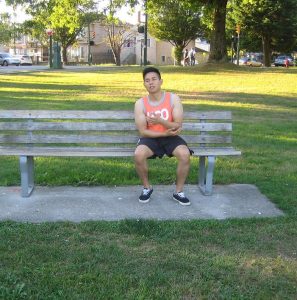A spinal cord injury involves damage to the spinal cord. It is a serious form of physical trauma that can result to lasting and significant impact on daily life.
In case the spinal cord is damaged, some of the impulses could not pass through. It can result to full loss of sensation and mobility beneath the injury. If the injury is near the neck, it can result to paralysis on a wide part of the body.
How does the spinal cord injury occur?
A spinal cord injury is often due to an unforeseen accident or violent event. The following can result to damage to the spinal cord:
- Diving into shallow water and striking the bottom
- Violent attack such as a gunshot or stabbing
- Trauma during vehicular accidents, especially to the head, face, neck, back or chest
- Falls from great heights
- Electrical accidents
- Head or spinal injuries during sports
- Severe twisting of the middle region of the torso
What are the indications?

Some of the indications of a spinal cord injury include the following:
- Difficulty walking
- Inability to move the legs or arms
- Loss of bowel or bladder control
- Headache
- Sensation of tingling or numbness in the extremities
- Loss of consciousness
- Pressure, pain and stiffness in the neck or back region
- Signs of shock
- Unnatural positioning of the head
Management of spinal cord injury
If an individual is suspected with a spinal cord injury, the following must be followed:
- Call for emergency assistance right away.
- The individual should not be moved or disturbed in any manner unless needed. This involves repositioning the head or attempting to remove a helmet.
- Encourage the individual to remain still even if he/she feels capable of getting up and walking on his/her own.
- If the individual is not breathing, perform CPR. Just make sure that the head is not tilted back, instead move the jaw around.
What is the outlook?
Some can continue with productive lives after a spinal cord injury. Nevertheless, the injury can result to severe effects. Most require assistive devices such as wheelchairs or walkers to deal with mobility loss and some might be paralyzed from the neck down.
Quick Note / Disclaimer
The material posted on this page on spinal cord injury is for learning and educational purposes only. To learn to recognize the indications and how it is managed, register for a first aid and CPR course with Ottawa First Aid.
